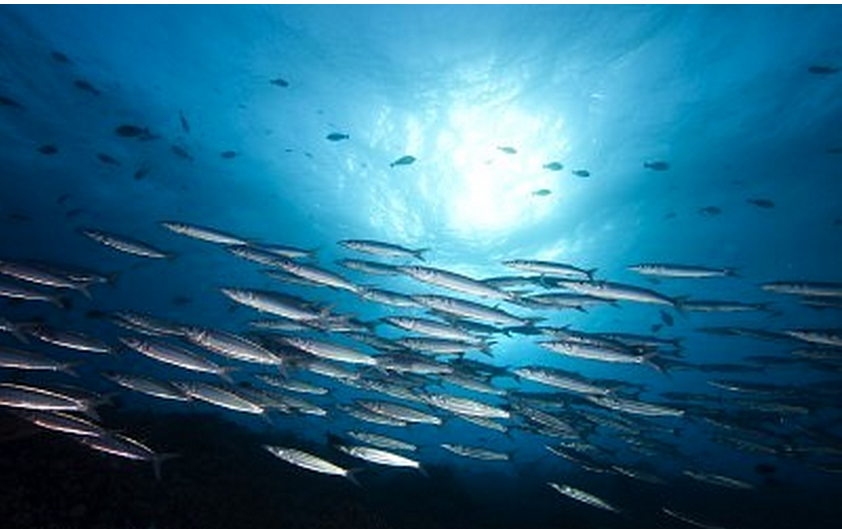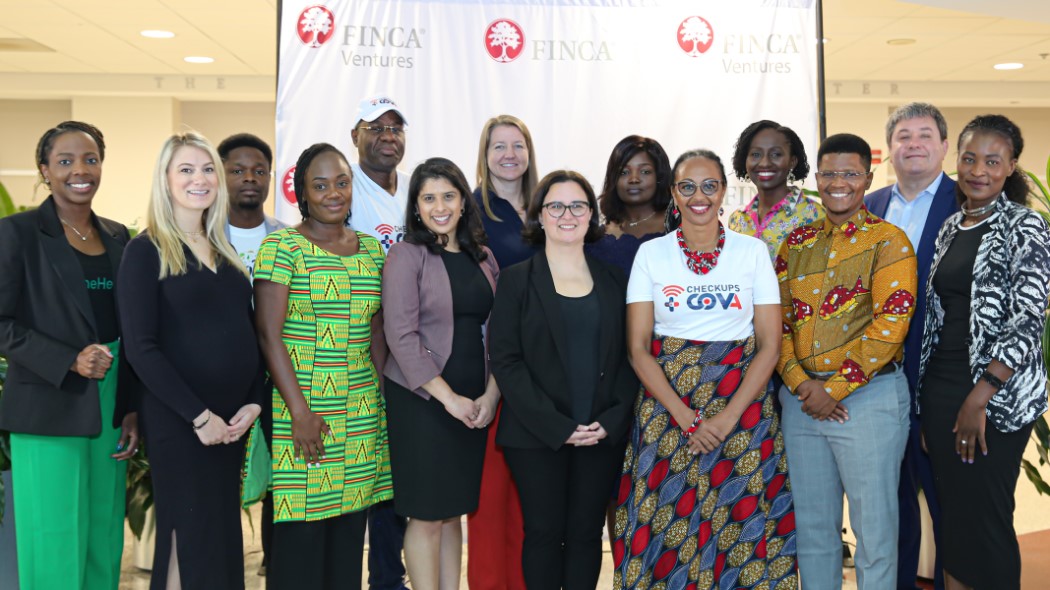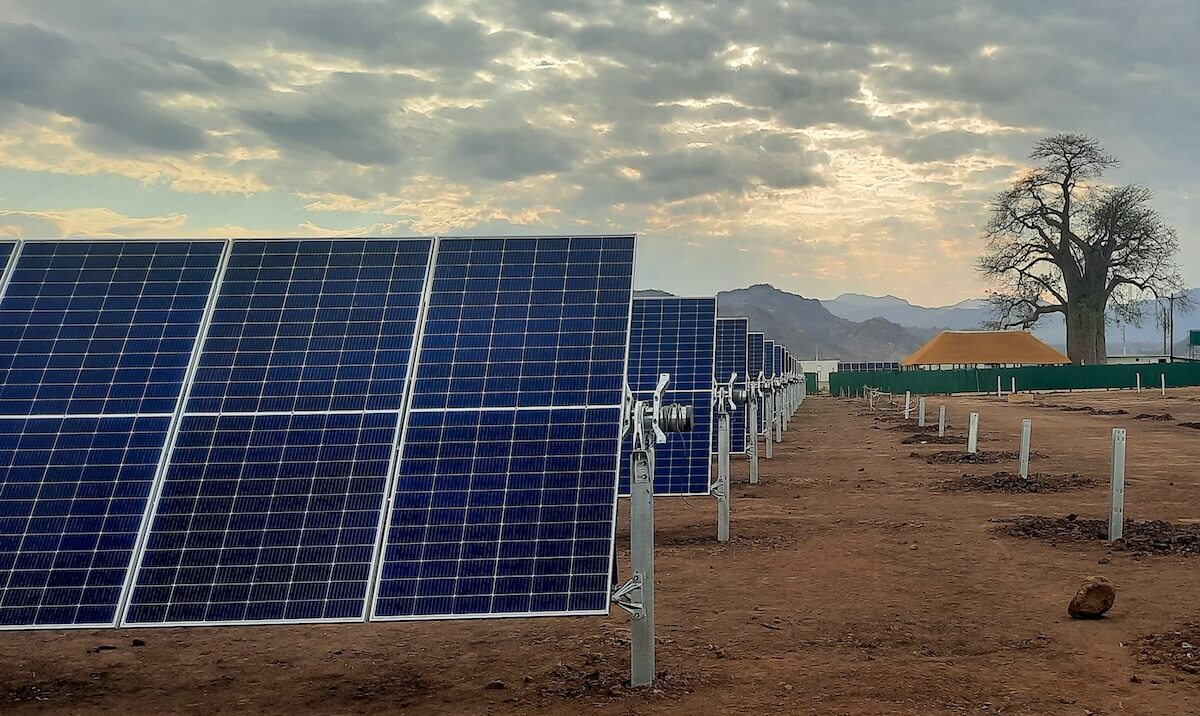Converting fish waste into food. Powering fish farms in the desert. Generating value from oceans of data.
I caught up with Monica Jain recently to learn what business opportunities are emerging from theFish 2.0 contest she has organized to connect investors with opportunities in the $390 billion seafood industry. (See “Fish 2.0: Investing in Sustainable Oceans and Fisheries.”) From a surprisingly strong field of entries, Fish 2.0 will present the best businesses to investors this fall. The 65 remaining companies have been paired with advisers to further develop their business plans and will be winnowed to 10 winners and 10 runners-up by November. The top winners will split $75,000, but more important is the prospect of loans and equity investments from the impact investors Jain is lining up to review the deals. Jain is already identifying market niches in which small and medium-sized businesses are marrying sustainability strategies to business necessities.
Jain shared her early insights with Impact IQ, which is developing special coverage of sustainable oceans and fisheries in partnership with SOCAP 13, the social capital markets conference in San Francisco in September.
David Bank, Impact IQ: What excites you most about the Fish 2.0 contest entries?
Monica Jain, Fish 2.0: The breadth and strength of the businesses. Many of the businesses entering the sustainable seafood sector have a history of operations and are cash flow positive.
Impact IQ:What do you mean by ‘sustainable seafood’?
Fish 2.0: For example, large amounts of fish are discarded during fish processing and packaging. Fish heads, bones, and meat – an estimated 40 percent of the fish is wasted during filleting or processing fish. We’re seeing new technologies that allow for collection, storage, conversion, and sales of these otherwise wasted protein sources into marketable products. These waste clippings and meat remnants contain valuable and unique proteins and nutrients. The new end-products include aquaculture feeds, fish meals and fish oil, pet foods, and fertilizers for agriculture.
Impact IQ: Is that new? Aren’t companies already reducing discards?
Fish 2.0:Yes. Several large aquaculture companies use the excess fish clippings to produce fish feeds or oils for large-scale operations. Now, we are seeing new, smaller companies in other areas of the marketplace, offering collection services for smaller scale processors and sales to local farmers and producers.
Impact IQ: How big is this opportunity?
Fish 2.0: The aquaculture market is worth about $120 billion per year. That’s at the farm level, where producers grow 60 million tons of seafood,or about 41 percent of the world’s seafood. Global demand for protein is only growing. An additional 23 million tons of seafood per year will be needed worldwide by 2030. (Editor’s note: See Jain’s white paper, “Financing Aquaculture: Investment Opportunities in Farmed Seafood”) Producers are looking for substitutes for the fish oil and fishmeal that they use in feeds. The harvests of smaller, forage fish (like sardines) that are traditionally used in feeds are projected to stay stable at best or to decline at worst. Converting otherwise wasted fish drives industry profits by making sustainability a basic part of the business.
Impact IQ: What’s another emerging area of innovation?
Fish 2.0: Information technology solutions, like software, databases and brokerage companies that will help fishermen to shorten supply chains and to have more control over whom their catch is sold to and at what price. Some of the Fish 2.0 competitors are developing systems to track the health of wild populations, verify the origin of seafood products, and help fishermen garner higher profits. That includes premium prices for the fish that they catch sustainably.
Impact IQ: How?
Fish 2.0: For example, with web-based auction systems and online sales contracting and distribution systems that connect fishermen directly with buyers. Currently, most fishermen sell their catch to the one business that has offloading and storage privileges on the dock. In many cases, the fishermen do not even know up front how much they will earn from their catch or what price it will get in the market. They are only advised of the price they receive once the distributor has sold the catch and taken their own margin, usually several days after the seafood lands on the dock. Fishermen work in this system because it is the only option in many cases and because of their need to offload their boats quickly, sell their fish, and get back to sea during open seasons and good weather.
Impact IQ: Better data can help retailers, too?
Fish 2.0: Some of these technology solutions offer traceability and tagging to identify fish from a particular farm or boat and track it all the way through the supply chain. Right now, the complexity of seafood supply chains also makes it difficult for retailers and restaurants to trace where their seafood comes from and ensure that no fraudulent identification of the seafood has occurred in the chain. These innovations will allow discerning retailers and consumers to have confidence in the freshness, quality, species, and sustainability of the products they buy. It also creates potential for greater price premiums for seafood that meets these requirements. Better pricing and shorter supply chains mean that a larger proportion of the profits can be allocated directly to the fishermen and other stewards of ocean resources.
Impact IQ: What were some of the surprises?
Fish 2.0: One area that appears to be ripe for growth is in new aquaponic technologies that allow for small-scale farming of fish and vegetables together in the same system – literally, growing fish in vegetable gardens. This can be done in a backyard, on a rooftop, or at scale for a commercial enterprise.
Impact IQ: Is that just an eco-novelty, or a serious business opportunity?
Fish 2.0: Many areas of the world do not have access to fresh fish and have growing populations in need of protein — in deserts or other inland geographies that do not have strong supply chains for food distribution from coastal areas or which lack enough water supply for traditional agriculture. There are aquaculture technologies that allow for cultivation of fish in these areas, but they have largely required too much energy and water to be profitable. These aquaponics systems reduce the amount of freshwater needed to produce fresh vegetables and also allow for fish to be co-cultivated alongside the produce. This local-level farming also lowers the distribution and transportation costs for fresh food.
Impact IQ: So local, organic fish is the new frontier of “eat local”?
Fish 2.0: The demand for local food products is growing in North America, Europe, and Japan. We are seeing new seafood businesses that are taking advantage of this interest in healthy, local and sustainable food, helping brand their product and sell directly to consumers. For example, some of these efforts help fishermen tell personal stories around the seafood that interest and keep customers, while others focus on promoting fish as a healthy protein source. Investing in both fish and agricultural businesses offers a way for investors interested in regional food systems to diversify their portfolios, and to have their investment allocations reflect all of the food on their plates.
Impact IQ: What’s next for Fish 2.0?
Fish 2.0: Our goal is to connect investors with viable businesses in sustainable seafood. We would love to have more folks involved in Fish 2.0 as the competition progresses.











